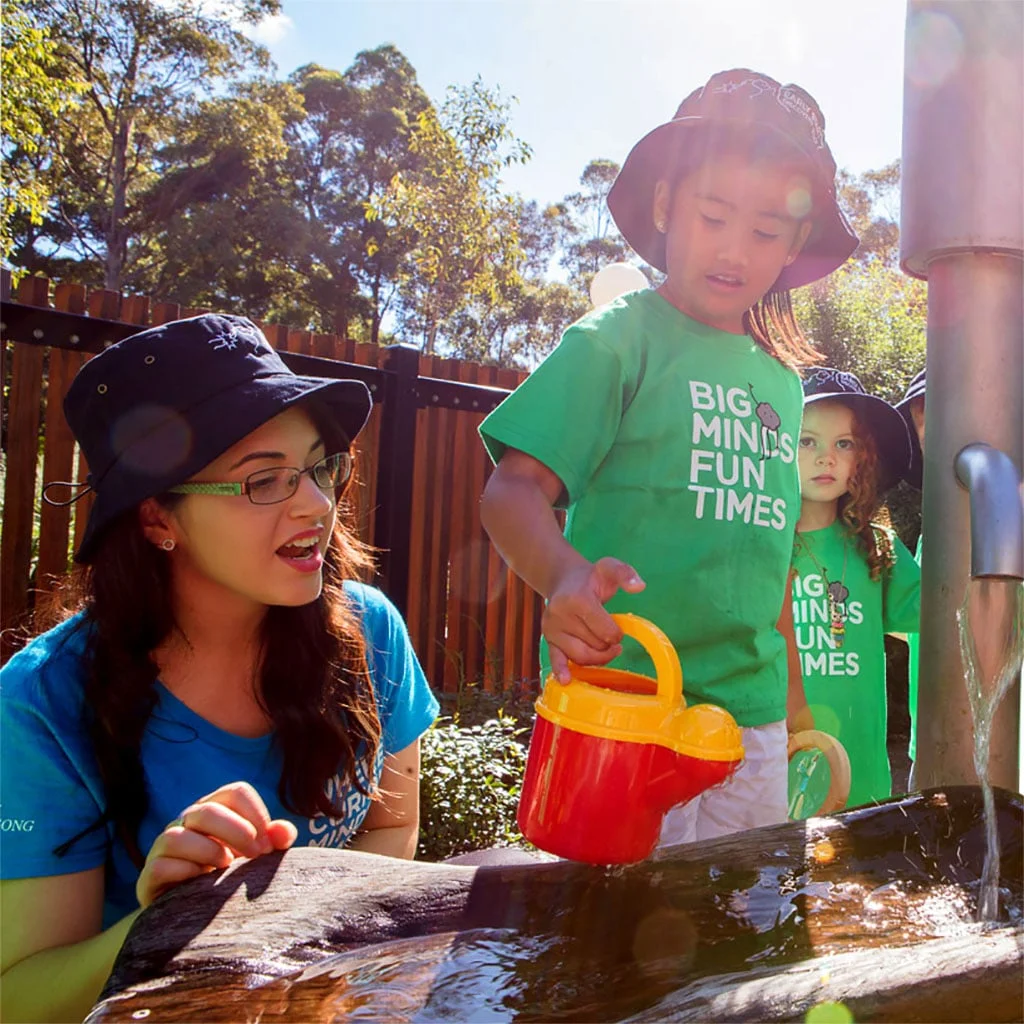A practical approach to dealing with anxiety in children
Mark Donovan – clinical psychologist and clinic director at UOW Northfields Psychology Clinic @ Early Start – talks us through the Step Ladder approach of dealing with anxiety in children.
Anxiety is very common in children and can present in many ways. It may be clinging during separations for a toddler, tantrums at bedtime for a pre-schooler or fears around social evaluation for an older child. In each situation, the outward signs of anxiety are the body’s
communication signal that the child is not feeling safe.
Anxiety acts like a smoke alarm to alert us to danger, via the action of our in-built alarm system, the amygdala. The problem is that the alarm often goes off when there isn’t actually any danger – a bit like when the smoke alarm goes off when you’re making toast! The child then feels scared and tries to avoid situations that are part of everyday life, like going to sleep, attending school or going to a social event. This indicates that anxiety has become a problem and something needs to be done.
We’ve all heard of ‘getting back on the horse’. This is indeed the most effective way of managing anxiety. We often need to face our fears
repeatedly for our amygdala to learn it is truly safe. One way to do this is by following the Step Ladder approach at home.
Step ladders help your child to gradually face their fears, rather than avoid them, which then leads them to regain a full and fun life. This
approach is based on graded exposure, meaning you tackle little things before the really scary things.
Help them face their fears
- Establish the end goal with your child and place this at the top of the ladder. What will they be able to do once they have conquered the fears (e.g., go to sleep in own bed by themselves without light).
- Help your child connect with why this goal is important to them – motivation is important!
- With your child, create a small achievable first step that causes them only mild to moderate anxiety (about 2-4 on a 10-point scale) (e.g., own bed, parent to stay on chair in room until child asleep, small lamp on).
- Work your way up the ladder adding steps that slowly increase their level of anxiety.
- For each step, negotiate a small reward for each time your child achieves the step – a motivator to help them to face their fears.
- Start climbing! Coach and guide your child through any difficult moments until they achieve each step.
Be sure to give your child lots of praise for completing each step on the ladder. For school-age children, you might also need to help them to
think realistically about the situation that they feel is not safe. Is the bad thing really likely to happen?
This general approach can be used with children of all ages. You may need to make modifications for pre-schoolers, including using pictures
rather than written words and relying more on rewards. You can even give it a go yourself!
Watch Mark’s full Speaker Series presentation on Reducing Anxiety & Building Resilience.
Research = Experiences
Play is one of the most powerful ways to learn. That’s why all our experiences are informed by early childhood researchers from UOW.



